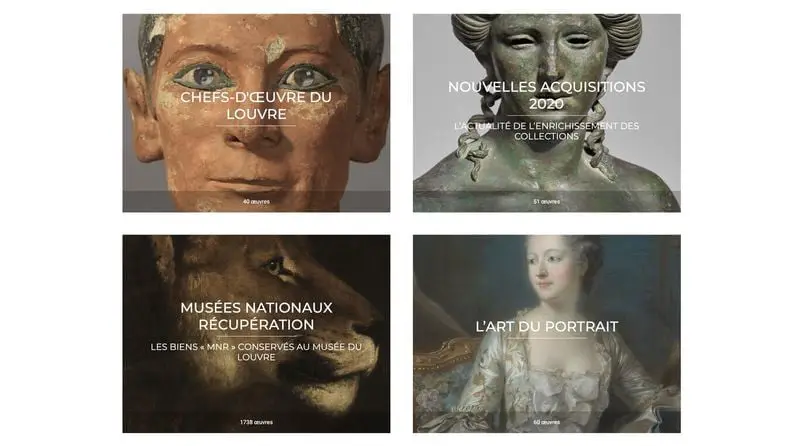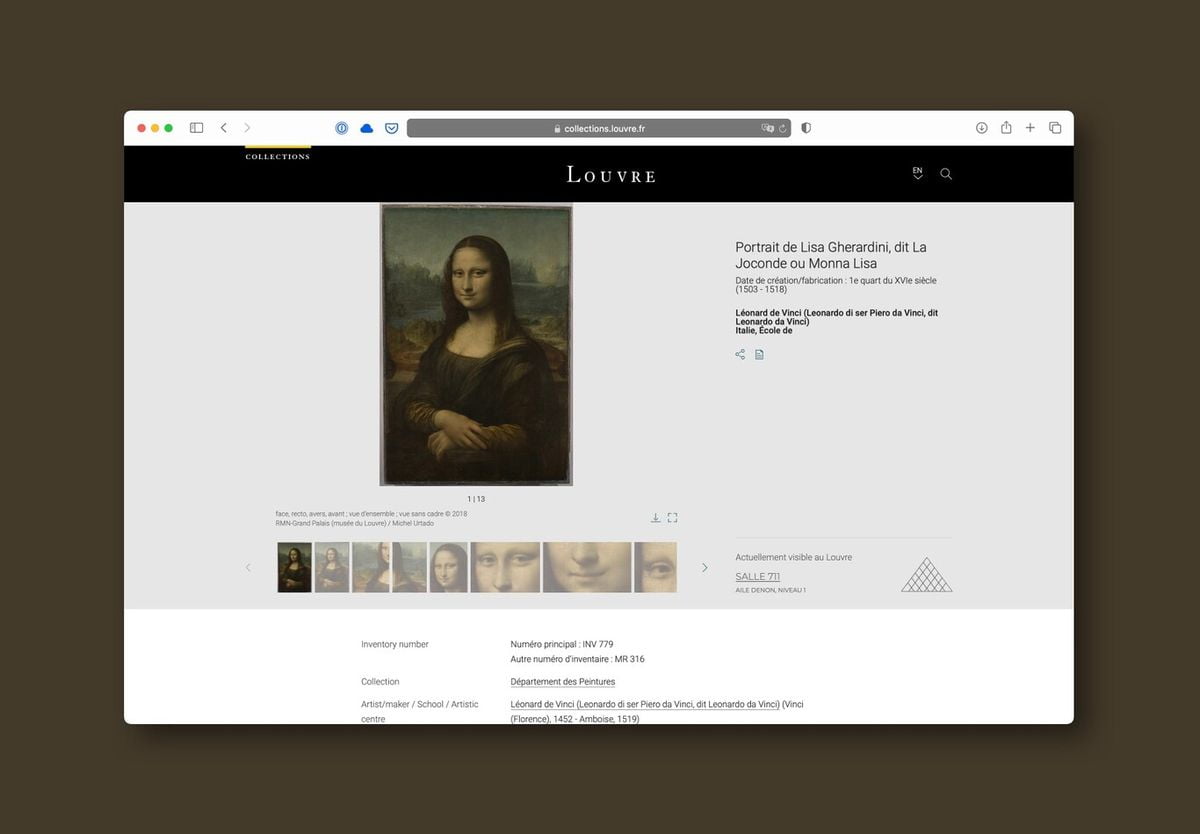The Louvre makes its complete catalog available to everyone free of charge. During 2020 and even in 2021 many of the things we used to do in person have moved online. Meetings with friends, work or movie premieres have moved from bars, offices, and cinemas respectively to the computer. So have museums, and the latest to join in is one of the most important museums in the world and holder of the most famous painting in existence: The Louvre in Paris and its Mona Lisa.
As announced by the French museum, from today they are making their catalog of works of art available to everyone online. This means being able to see in detail about 482,000 works of art, including the Mona Lisa and the Venus de Milo, two of its most representative works.

Louvre was also affected by the global pandemic, they had to close last March 2020. Although in July they reopened 70% of their galleries and with very strict measures for visitors, in October they closed again. Now, a year after the start of the pandemic, they are opening online in full and free of charge.
The 482,000 works of art also include those of the Musée National Eugène-Delacroix and sculptures from the Tuileries and Carrousel gardens. The entire Louvre collection is available to view online, including pieces currently on display, as well as those on loan or in storage. To do so, it is possible to search collections directly with the search engine and its advanced filters or virtually tour the museum thanks to its virtual floor plan.

According to them, visitors can explore each work of art in detail and also see its description and related themes. Likewise, it is possible to explore the works of art by collections made by the museum according to the theme, origin, or common link between the works.
COVID-19 and online presence
With the arrival of the pandemic in different parts of the world, museums began to close as confinements became a reality. One of the initiatives taken was to publish the entire or partial catalog of works of art online.
Among the museums that have been done, this is the British Museum, the Smithsonian, the Prado, and the Guggenheim, among others. Accessing works of art is more convenient than ever and in large part thanks to initiatives such as these traditional installations embracing the advantages of technology.





